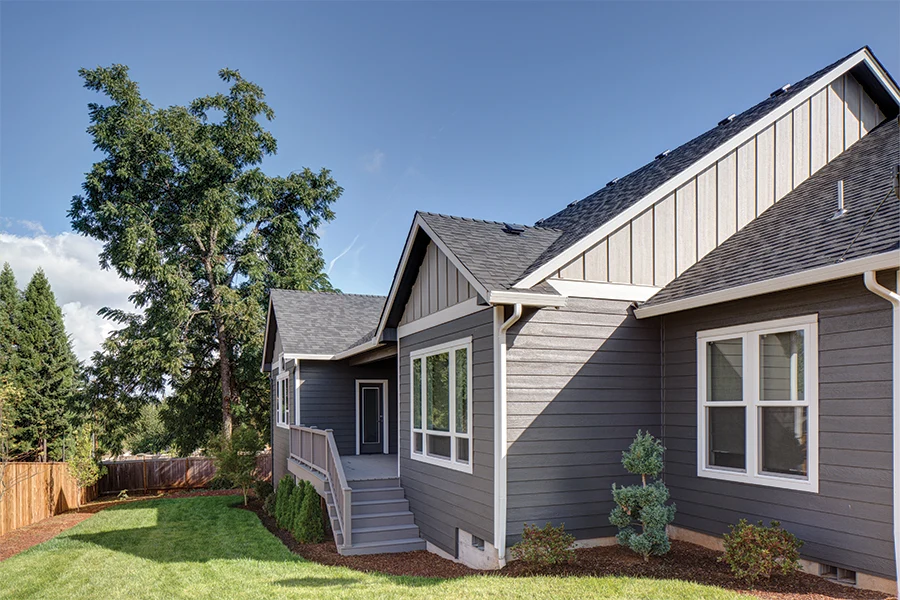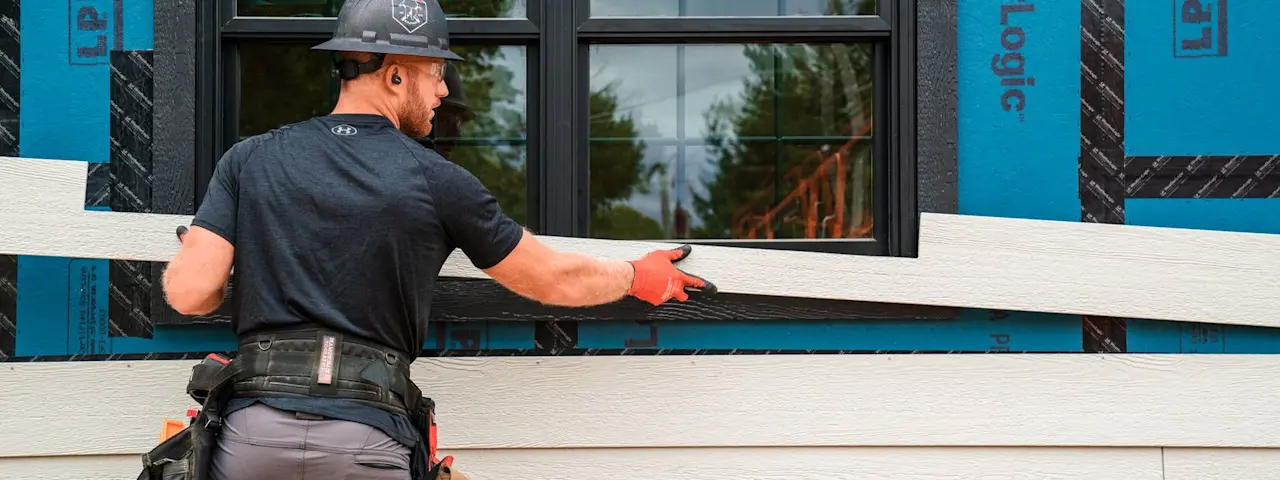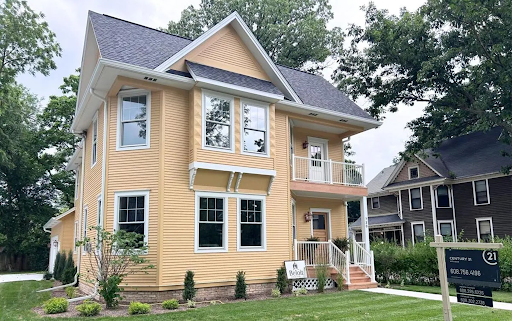In a world that is awakening to the importance of environmental sustainability, many homeowners are becoming more aware of the impacts of the products they purchase and use. As a consumer the products you choose have the potential to impact the environment both positively and negatively, which is why it is important to make mindful decisions when it comes to building materials.
How Much Waste is There in the Construction Industry?
According to the EPA, 600 million tons of construction and demolition debris were generated in the United States in 2018 alone. From manufacturing to distribution, there is a lot that goes into siding before it is added to your home during the siding installation process. Unfortunately, in the building industry, excess waste is produced from the various steps in the manufacturing and distribution processes.
Why Use Sustainable Building Materials?
While building materials may not be the first product you think of when it comes to being environmentally conscious, choosing sustainable building materials such as LP® SmartSide® Trim & Siding can help reduce your carbon footprint so that you can re-side with confidence.
LP is committed to providing you with sustainable solutions, including siding, so that together we can be a force for better in the world. We’re thrilled to share that in 2023, we conducted an Environmental Product Declaration (EPD) for LP® SmartSide® Trim & Siding, LP® SmartSide® ExpertFinish® colors, and LP BuilderSeries® siding. Each has been verified as carbon negative by ASTM International.
You can view all of our EDPs by clicking here.

Carbon Negative vs. Carbon Neutral: What’s the Difference?
In terms of environmental sustainability, your carbon footprint is a key indicator of environmental impact. Carbon footprints refer to the total greenhouse gas emissions (CO2) that are generated by an individual, organization, event or other means. To help reduce your carbon footprint LP works to create products that are not just carbon neutral, but carbon negative. Here’s the difference:
Carbon neutrality occurs when the amount of CO2 emitted during the product’s production is equal to the amount of CO2 the product removes from the atmosphere over its lifetime. Carbon neutrality equalizes your output.
Carbon negativity occurs when the amount of CO2 emitted during the product’s production is less than the amount of CO2 the product removes from the atmosphere over its lifetime. So, rather than equalizing CO2 output, LP’s carbon negative building materials remove more CO2 than they emit.
To create sustainable siding as a carbon negative product, LP compiles data from resources extraction to customer distribution and uses renewable materials and intentional manufacturing to reduce emissions. LP also uses 99% of logs delivered to mills either in the products themselves or as a renewable energy source in the manufacturing process. The final product is 100% SFI® fiber sourcing certified.
Materials for Sustainable Building
Are you ready to start creating a more sustainable future? LP SmartSide® engineered wood products are a sustainable siding option.
Advance your sustainability efforts with these versatile products from LP:
LP SmartSide Accessories: Outside Corners, J-Blocks, Mini-Splits
Interested in learning more about our commitment to sustainability? Read about it here.





